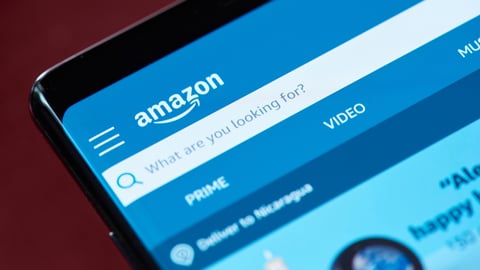Hershey, Gallo Advance Decision Intelligence Across the Supply Chain
While consumer goods companies are largely automating their business operations, the pathway to tech-enabled processes is often complex and unique to each organization.
Douglas Guilherme, global VP of supply chain at The Hershey Co., and Nitin Murali, VP of supply chain at wine company Gallo, discussed their approaches to implementing decision intelligence and AI in the supply chain during a recent industry event held by Aera Technology.
For Guilherme, initiatives always begin with the problem, not with technology. As such, Hershey recently identified three areas that required attention:
- Supply Chain Loss Prevention: Balancing supply and demand to avoid out-of-stock situations, overstocking and overall waste.
- Norm Setting: Standardizing parameters across different supply chain nodes (manufacturing and planning) so everyone plans with the same set of rules.
- Material Loss: Optimizing the timing of material orders (expediting, delaying or cancelling) to prevent manufacturing line stoppages and avoid excess material or waste.
The initial project saw savings in about 90 days of its inception, highlighting the speed of the information provided, which allows the company to track results by day, by user, by click and by skill.
Also: Hershey IDs multi-packs as the next growth frontier, per consumer feedback
Within change management, the upgrades have helped Hershey identify when an employee hasn't acted upon a recommendation so they can address any challenges and retrofit a solution. The metrics also make buy-in easier for stakeholders, because they can see the tangible, measurable savings daily.
As for future investments, Hershey has its eyes on load and truck optimization and touchless order management, with the three skills set to go live by early 2026.
Murali agreed that if a company doesn't have its problems defined, it can't move forward.
"There are a lot of areas where you don't know what decisions you want to make, and instead of boiling the ocean on data, we said, 'What are the inputs that are needed to make this decision? Let's make sure that there's clarity around that.'"
Murali said Gallo began by automating workflows on the logistics side of the business, paying special attention to driving freight savings.
"We started off with three skills within that space: dynamic order fulfillment, stock rebalancing and dynamic safety stock," he said.
The optimizations have led to half a million dollars in savings year to date, and Gallo has more skills in the pipeline.
The long-term idea is to build out the effort into an ecosystem of efficiency. In fact, Murali said supply chains will likely move from "batch systems" that simply push information from one area to another, to asynchronous orchestration.
"Sometimes organizational silos kind of stand in the way," said Murali, using marketing spend as an example that's really more of a supply chain problem than a marketing-specific one. "The era of agent orchestration, decision intelligence, etc., gives us the opportunity to connect those things together."
For Hershey, the future includes using generative AI to create a "self-healing supply chain" where autonomous agents can understand and resolve problems.





